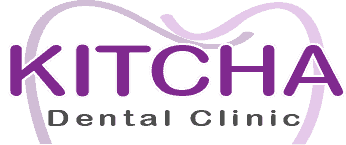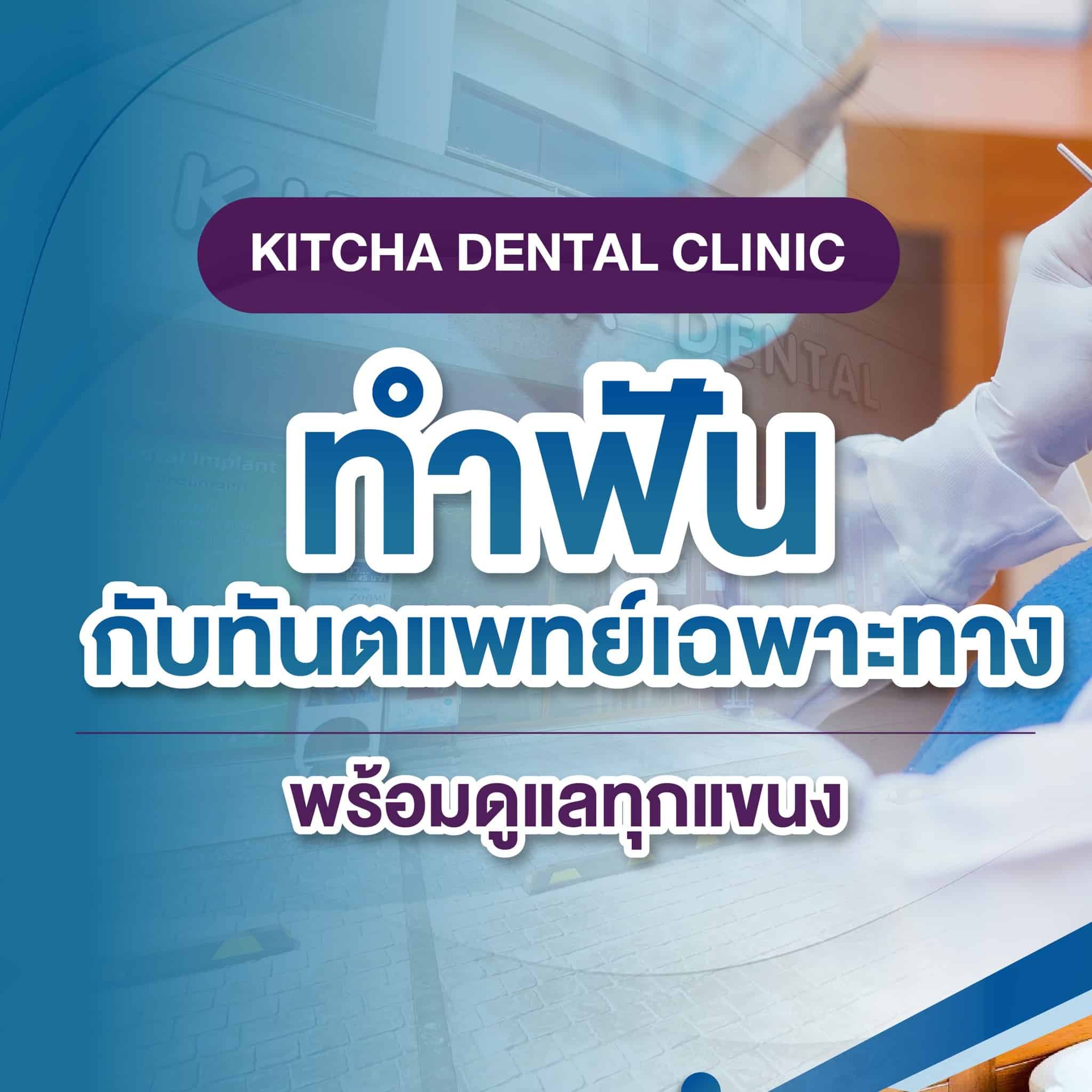
Bone Graft For Dental Implant
Before the placement of your dental implant, you need sufficient bone to anchor the implant within your jawbone. If your bone does not have the required thickness or hardness, your implant post may not be able to securely embedded. Bone graft help to create additioned support base for higher implant survive rate able to withstand the powerful chewing force exerted on your jawbone.
The 2 methods on bone grafting for dental implants to be added into your jaw bone prior to placement of the dental implant post:
- Use of natural bone graft from another location in your body or jaw
- Use of synthetic bone graft that can be bone ceramics or bone substitute
Bone material Synthetic Bone
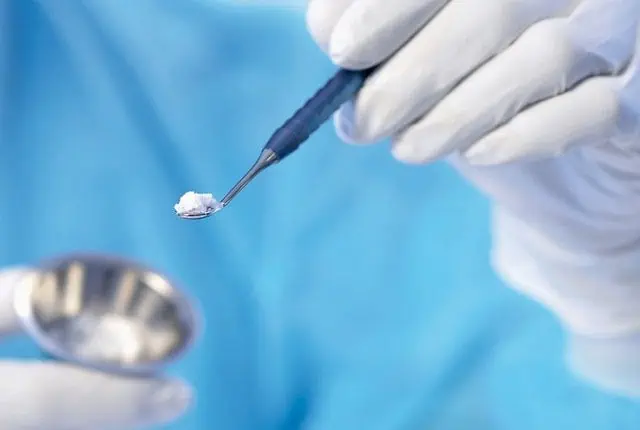
Membrane Guided Bone Regeneration
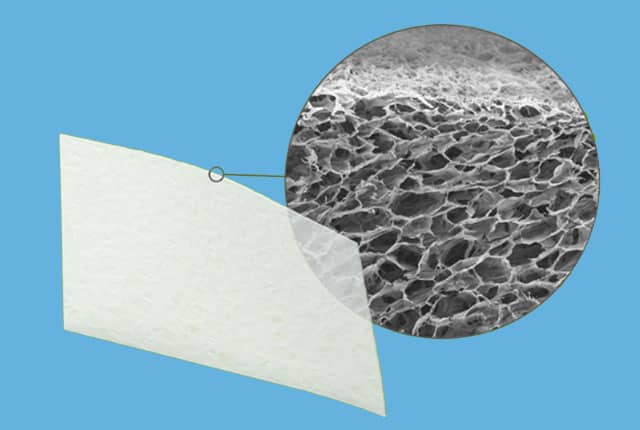
If there is a need for a large volume of bone, having block bone grafts is an option. For this procedure, your oral surgeon takes a section of bone from another area of your body (such as hip or part of jaw) and places in at the implant area site and let it heal. If the bone is taken from your hip or other parts of your body, general anesthesia may be recommended. More commonly, if bone is taken from your jaw area, this can be done under normal local anaesthesia. Allografts or membranes may be used during the bone graft proceedure to promote to wound healing and growth of tissue around the bone graft site.
For transplanted bone to grow, you normally will then have to wait for at least 6 months or more before your oral surgeon re-evaluates if there the graft has created new and solid bone mass to securely place the implant post. Your implantologist may add still suggest adding synthetic bone during the implant post placement surgery. The condition of your jawbone determines how you proceed.
Bone Graft Procedure

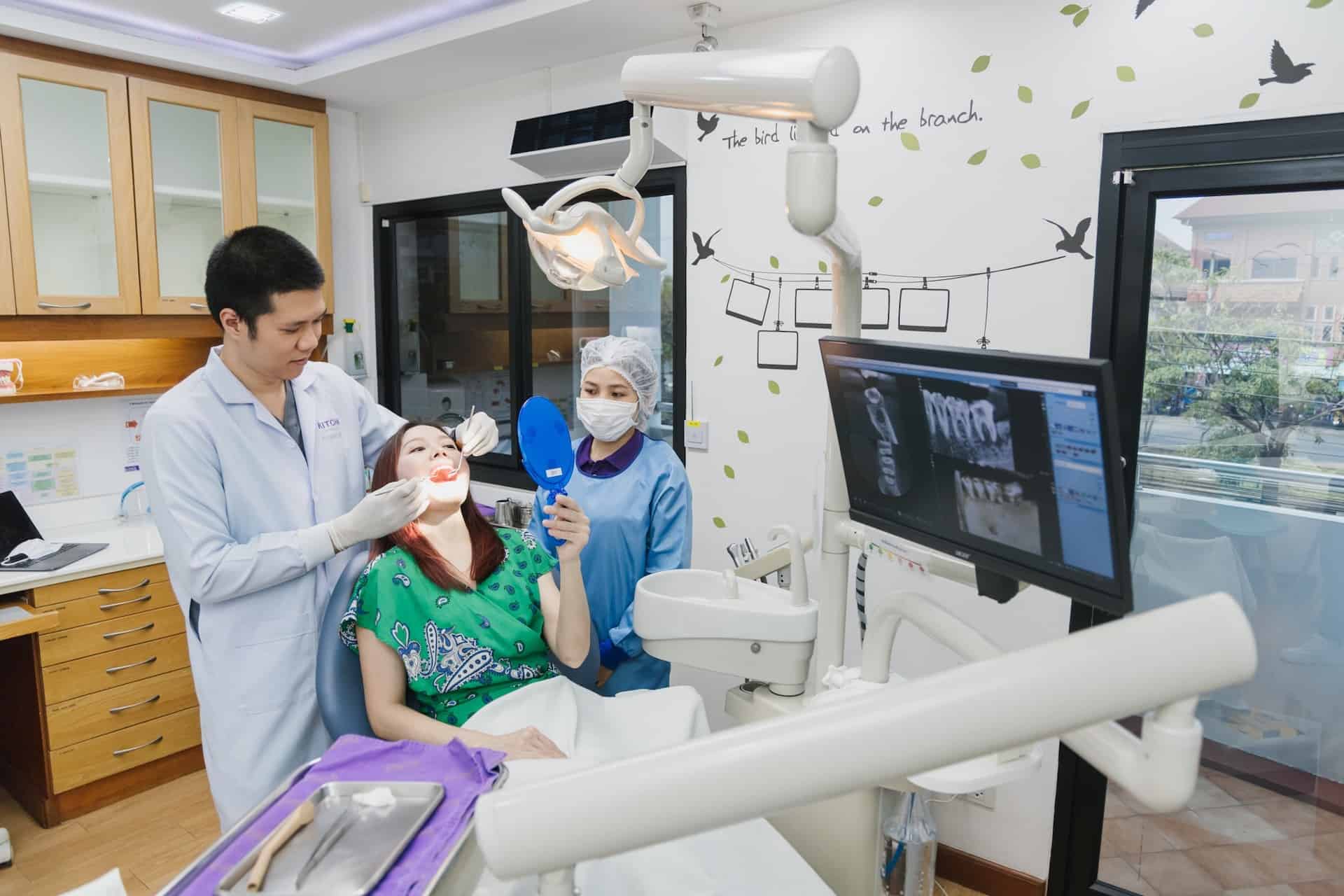
1. First Evaluation and diagnosis

2. Site tooth preparation
If minor sythetic bone grafts is opted, local anesthesia is administered to “numb up” the area. The gingival area is opened.
If major block bone graft is required, your oral surgeon may place you to sleep or under local anesthesia in obtaining the bone from other parts of your body and placing your bone into the bone loss site.
3. Bone Grafting is done
After bone tissue material is inserted into the site, an additional membrane may be used to stimulate the regeneration of bone and tissues around the area. The gums is stitched up. Instructions on how to clean and care for the site is given. A re-check visit is made around 7 days or so. And stitches removed when appropriate.
Bone Graft Faqs
Do I need a bone graft for a dental implant?
Bone graft is only required when there is insufficient bone mass for a dental implant placeement. It is not always required. If you removed and left the missing gap for a long period of time of years, you may have a higher tendency for bone loss, especially in the posterior area that may require bone grafts, or a sinus lift that is done to lift the bone ara around the sinus cavity.
Is bone grafting for dental implant painful?
Having bonegrafts is normally not a painful process as bone is simply added into the site. You may however feel sore from gum stitches. Minor bonegrafts with synthetic bone can normally be done during teeth removal or implant post placement. Pain relieve medications and antibiotics are normally administererd after undergoing bonegraft and/or dental implant treatment.
How long does it take to recover from a dental bone graft?
You can typically expect bone grafts and jaw to heal around six to nine months.You will howevver not feel this process. Your oral surgeon or implantologist will normally request a re-check visit at least 6 months or more after the bone graft procedure. During the healing period, avoid biting on hard foods. Recovery time can be affected by : existing bone condition factors unique to your mouth and body on healing. discipline on following oral care instructions whilst healing

